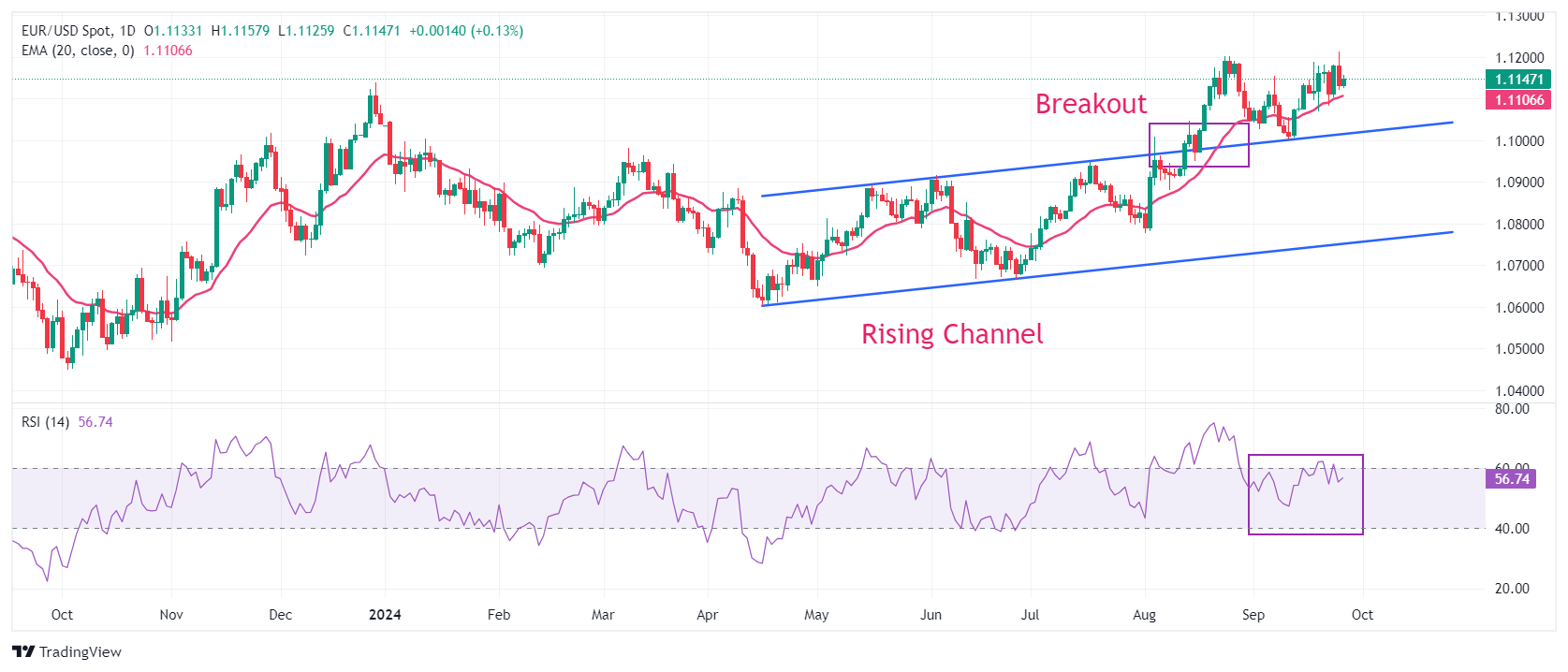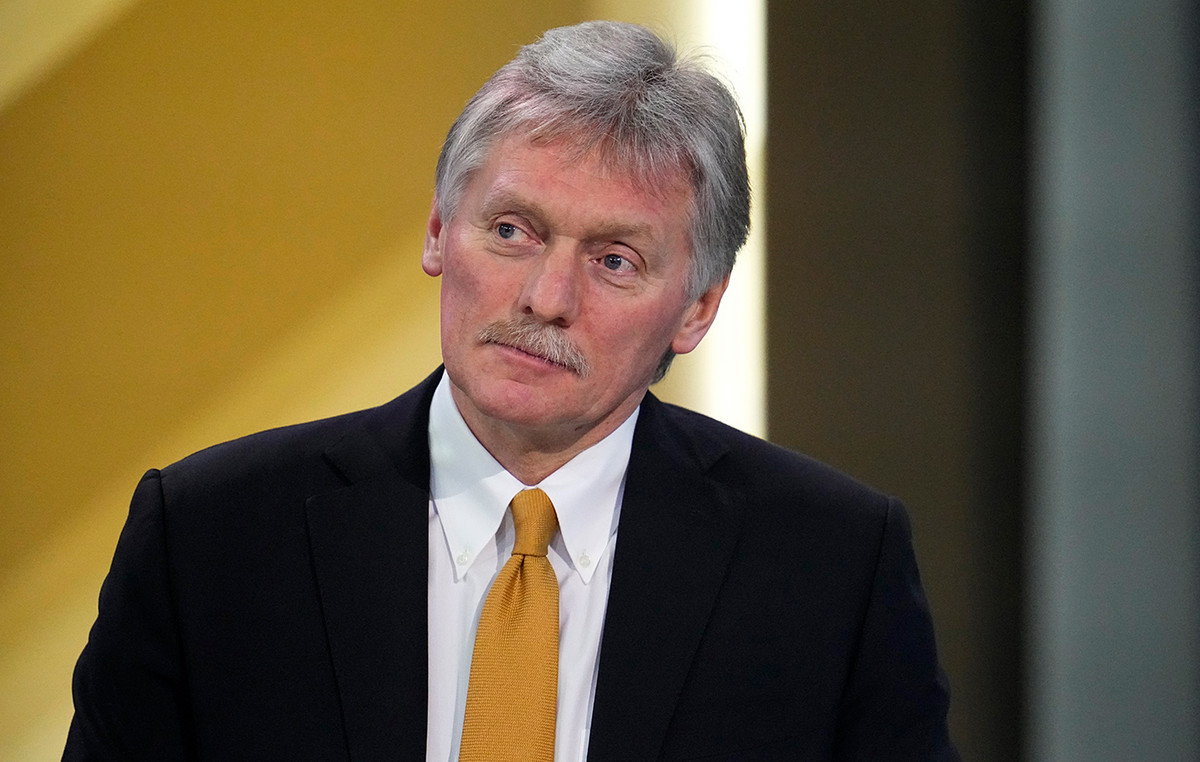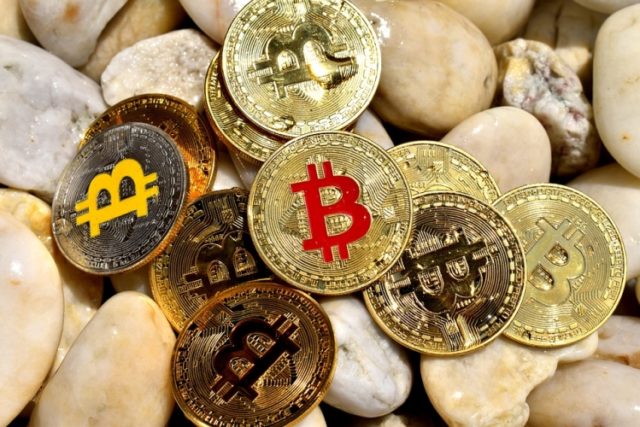- EUR/USD rises after correcting near 1.1120 as US Dollar struggles to extend recovery.
- Fed’s Powell’s speech will provide clues about the likely size of the interest rate cut in November.
- The ECB could make a second consecutive interest rate cut in October.
EUR/USD is advancing slightly in the European session on Thursday after correcting near 1.1120 on Wednesday. The major currency pair is bouncing ahead of US Federal Reserve (Fed) Chairman Jerome Powell’s speech at 13:20 GMT. On Wednesday, the shared currency pair faced selling pressure after testing territory above the round-level resistance of 1.1200 as the US Dollar (USD) bounced. The US Dollar Index (DXY), which tracks the value of the Greenback against six major currencies, is holding near Wednesday’s high around 101.00.
Along with Powell, seven other policymakers — Boston Fed President Susan Collins, Fed Governor Adriana Kugler, Fed Governor Michelle Bowman, New York Fed President John Williams, Fed Vice Chair for Supervision Michael Barr, Fed Governor Lisa Cook and Minneapolis Fed President Neel Kashkari — are also scheduled to speak during the New York session.
Fed policymakers are expected to provide clues about likely interest rate action in the remainder of the year. Markets currently expect the Fed to cut interest rates by 75 basis points (bps) in aggregate over the remaining two meetings, according to the CME FedWatch tool. The tool also shows that the probability of the Fed announcing a second consecutive 50 basis point (bps) interest rate cut in November has risen to 61% from 39% a week ago.
Meanwhile, recent comments from Fed policymakers have indicated that they are concerned about deteriorating labor market conditions. Of the 12 members of the Federal Open Market Committee (FOMC), only Fed Governor Michelle Bowman supported starting the rate-cutting cycle gradually with a 25 bp rate cut in September.
For clues on the current state of inflation, investors will focus on the core US Personal Consumption Expenditure (PCE) Price Index data for August, due on Friday. The core inflation data is estimated to have grown at a faster pace of 2.7% compared to 2.6% in July.
Daily Market Moves: EUR/USD Rises Despite Uncertainty Over Eurozone Outlook
- EUR/USD bounces near 1.1150 as investors support the Euro (EUR) against the US Dollar (USD). The Euro’s performance against other major currencies is weak due to growing speculation that the European Central Bank (ECB) may cut the Deposit Rate for the second time in a row next month. This would be the third dovish decision by the ECB this year.
- On Tuesday, comments by ECB governing council member Klaas Knot in an interview with Dutch television show Nieuwsuur indicated that the central bank will continue the policy easing cycle until at least the first half of 2025 at a level between 2% and 3%, saying, “I would expect that we will continue to gradually reduce interest rates in the time ahead, also in the first half of 2025.”
- Market expectations that the ECB will cut interest rates in October have been boosted by growing concerns about activity growth in the Eurozone. The Eurozone Composite PMI unexpectedly fell into contraction territory in September, according to the HCOB preliminary PMI report compiled with S&P Global.
- For the current state of inflation, investors will focus on Germany’s preliminary Harmonized Index of Consumer Prices (HICP) data for September, due on Monday. Signs of a further slowdown in inflationary pressures would boost market expectations for a 50bp ECB interest rate cut, while higher figures would weaken them.
- Meanwhile, a survey by Growth From Knowledge (GFK) showed on Thursday that German consumer confidence improved to -21.2 in October versus estimates of -21.5 and the previous release of -21.9.
Technical Analysis: EUR/USD holds key 20-day EMA
EUR/USD rebounded slightly from 1.1120 in Thursday’s European trading session. The major currency pair corrected on Wednesday from the key resistance of 1.1200. The short-term outlook for the shared currency pair remains firm as it holds the breakout of the Ascending Channel chart pattern formed on a daily time frame near the psychological support of 1.1000.
The upward sloping 20-day exponential moving average (EMA) near 1.1100 suggests that the short-term trend is bullish.
The 14-day Relative Strength Index (RSI) is consolidating below 60.00, suggesting that momentum is weakening.
Looking up, a decisive break above the round-level resistance of 1.1200 will result in further appreciation towards the July 2023 high of 1.1276. On the downside, the psychological level of 1.1000 and the July 17 high near 1.0950 will be important support zones.
Euro FAQs
The Euro is the currency of the 20 European Union countries that belong to the Eurozone. It is the second most traded currency in the world, behind the US Dollar. In 2022, it accounted for 31% of all foreign exchange transactions, with an average daily volume of over $2.2 trillion per day. EUR/USD is the most traded currency pair in the world, accounting for an estimated 30% of all transactions, followed by EUR/JPY (4%), EUR/GBP (3%) and EUR/AUD (2%).
The European Central Bank (ECB), based in Frankfurt, Germany, is the reserve bank of the Eurozone. The ECB sets interest rates and manages monetary policy. The ECB’s main mandate is to maintain price stability, which means controlling inflation or stimulating growth. Its main instrument is to raise or lower interest rates. Relatively high interest rates – or the expectation of higher rates – generally benefit the Euro and vice versa. The Governing Council of the ECB takes monetary policy decisions at meetings held eight times a year. Decisions are taken by the heads of the national banks of the Eurozone and six permanent members, including ECB President Christine Lagarde.
Eurozone inflation data, as measured by the Harmonized Index of Consumer Prices (HICP), is an important econometric data point for the euro. If inflation rises more than expected, especially if it exceeds the ECB’s 2% target, the ECB is forced to raise interest rates to bring inflation back under control. Relatively high interest rates compared to their peers usually benefit the euro, as it makes the region more attractive as a place for global investors to park their money.
Data releases measure the health of the economy and can influence the Euro. Indicators such as GDP, manufacturing and services PMIs, employment and consumer sentiment surveys can influence the direction of the single currency. A strong economy is good for the Euro. Not only does it attract more foreign investment, but it can encourage the ECB to raise interest rates, which will directly strengthen the Euro. Conversely, if economic data is weak, the Euro is likely to fall. Economic data from the four largest Eurozone economies (Germany, France, Italy and Spain) are especially significant, as they account for 75% of the Eurozone economy.
Another important output for the euro is the trade balance. This indicator measures the difference between what a country earns from its exports and what it spends on imports during a given period. If a country produces highly sought-after export products, its currency will appreciate due to the additional demand created by foreign buyers who wish to purchase these goods. Therefore, a positive net trade balance strengthens a currency and vice versa for a negative balance.
Source: Fx Street
I am Joshua Winder, a senior-level journalist and editor at World Stock Market. I specialize in covering news related to the stock market and economic trends. With more than 8 years of experience in this field, I have become an expert in financial reporting.








